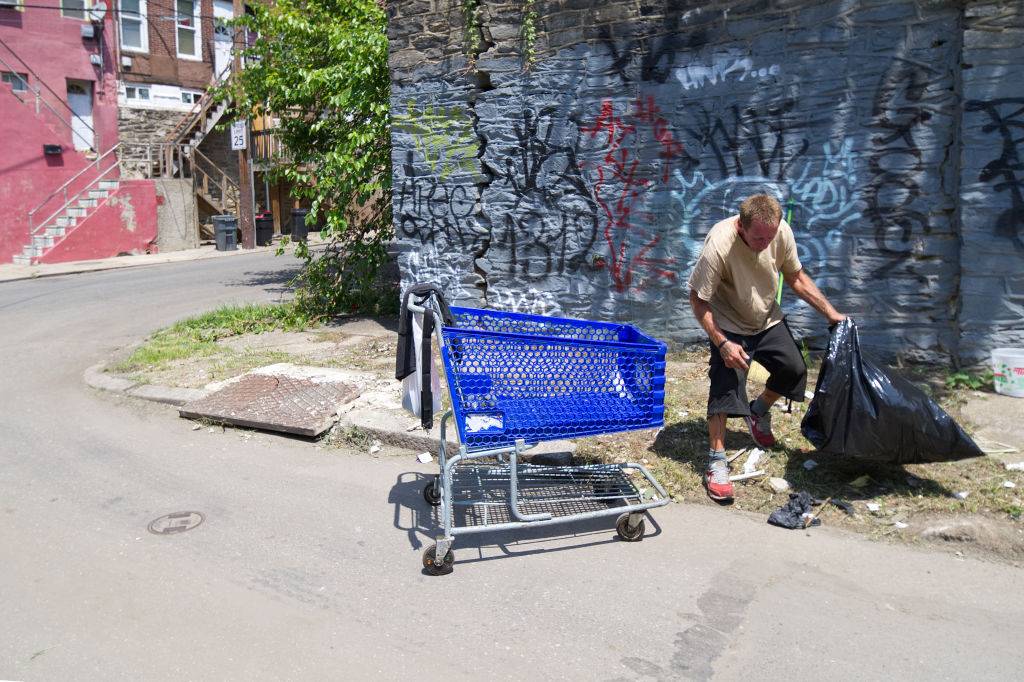

He attributes that change to African-Americans taking advantage of new opportunities, resulting in a more economically segregated community. "In city after city, African-American neighborhoods that …once had been vibrant and in a sense whole - disintegrated," Robinson says. By the '70s, Shaw had become a desolate, drug-ridden area. He cites Washington, D.C.'s Shaw neighborhood as a prime example of this because of how Shaw was home to a vibrant black community and a thriving entertainment scene in the 1930s through the 1950s. "People who had the means and had the education started moving out of what had been the historic black neighborhoods," Robinson explains.ĭisintegration: The Splintering of Black America Robinson says that began to change during the civil rights era. His story starts in America's historically black neighborhoods, where segregation brought people of different economic classes together. Robinson details the splintering of African-American communities and neighborhoods in his new book, Disintegration: The Splintering of Black America. president, a large black middle class and many African-Americans who still live in extreme poverty. Just look at the nation's capital - home to the first black U.S. His hometown of Orangeburg, S.C., had a black side of town and a white side of town a black high school and a white high school and "two separate and unequal school systems," he tells NPR's Steve Inskeep.īut things are different now. Writer Eugene Robinson grew up in a segregated world. Marjory Collins/Library of Congress Prints & Photographs Division Today, gentrification has pushed many longtime black residents out. In 1942, Washington, D.C.'s U Street neighborhood was a cultural center for the city's African-American community.


 0 kommentar(er)
0 kommentar(er)
